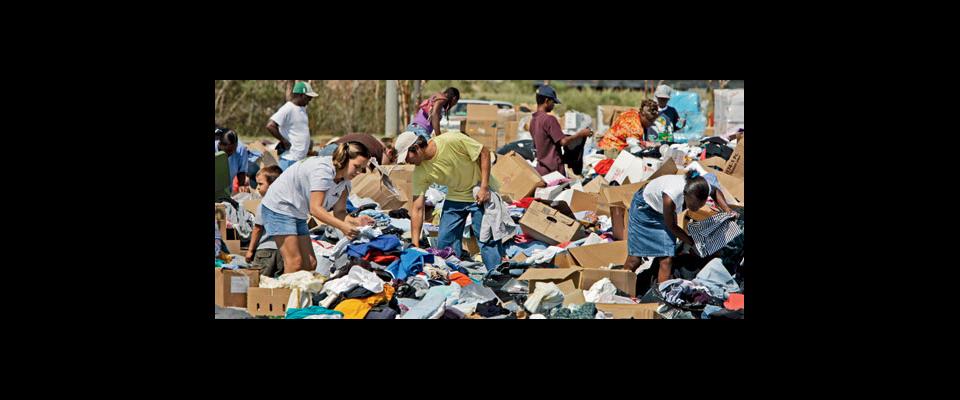It’s almost three years since Hurricane Katrina ravaged New Orleans, but because aid has been slow to arrive, victims are still recovering. The Bush administration was widely criticized for its lackluster response—but could aid have reached victims more quickly? In large part it comes down to logistics, say Anand Kulkarni ’05 and Ephrat Bitton ’06, both industrial engineering Ph.D. students, who have drawn on their backgrounds in IT and mathematics to create a peer-to-peer disaster relief system online.
Their newly launched nonprofit aid website, iCare, is a “virtual charitable marketplace” based on the principle of direct communication between donors and recipients, eliminating the need for nonprofit or government agencies to act as intermediaries. When a natural disaster occurs, victims will send requests to iCare for the aid they need, while donors log on and list the food, clothing, building materials, medical supplies, and other items they can spare. Surplus space on transportation networks—for example, a few available square feet on a commercial truck already heading to the disaster zone—is found by plugging into existing databases.
But how are victims supposed to log on to the Internet if their computers are destroyed? They can use a mobile phone to send text messages to iCare. It has been described as a “6-to-6” system, meaning that its peak effectiveness stretches from six hours to six months after disaster strikes. In fact, Kulkarni says, they’re finding that aid can continue for as long as four years—witness the ongoing efforts for Katrina victims. He envisions iCare as an international relief system that complements and extends the work of groups such as Red Cross.



















